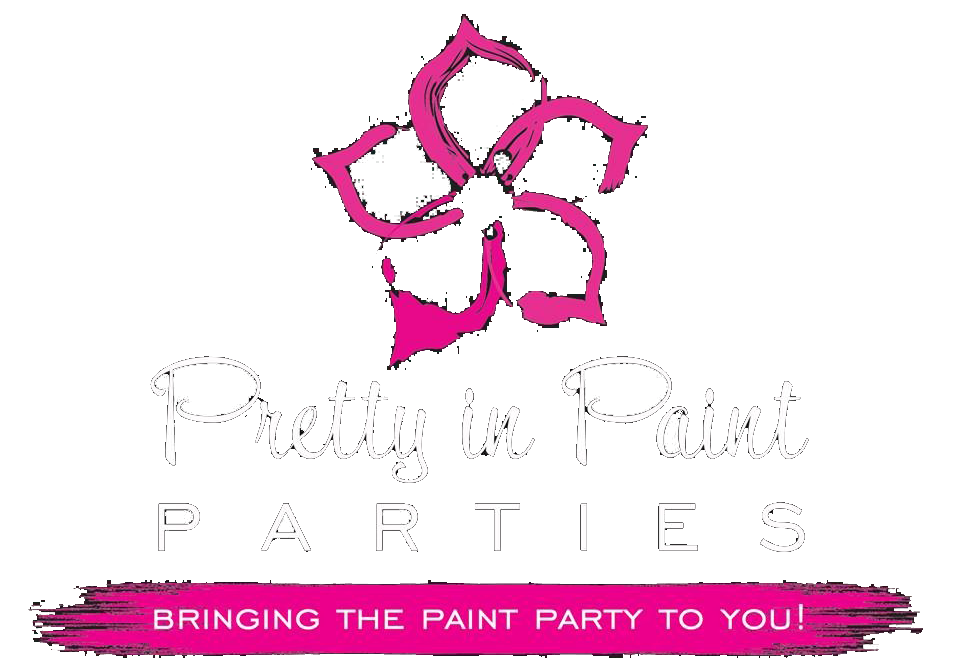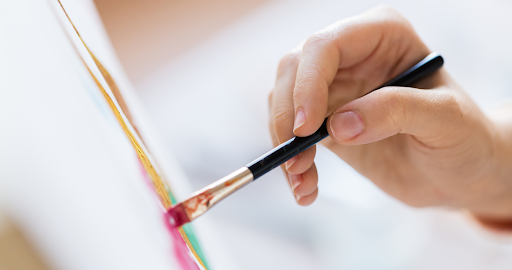Painting is a relaxing and rewarding hobby for people at every age and stage of life. However, there are so many different methods of painting that it can be difficult to know where and how to begin your journey. A great place to start is at the very beginning, with methods used by painters for centuries. If you’ve always wanted to try painting on stretched canvas like one of the great artists of the Renaissance, there are a few things you should keep in mind. Whether you’re a total painting beginner or an experienced artistic visionary, consider this your simple canvas painting guide!
Mind the Corners
Before you do anything else, ensure your canvas is properly stretched. Your canvas surface must have enough tension to support the weight of your brush and the paint you are applying. If you don’t have a taut surface, all your hard work will be for naught. It’s best for beginners to buy pre-stretched canvases, so they don’t need to worry about doing this themselves; however, if you’ve already purchased a canvas that hasn’t been pre-stretched, don’t worry. The stretching process is very simple. Take the small wooden “corners” that came with your canvas, and use a rubber mallet to gently hammer them into the holes located in the interior (or underside) corners of the canvas to create a “stretch.”
Prime Time
Something unique about canvas, unlike paper and other painting surfaces, is that it needs to be primed to accept paint properly. In that way, it’s almost like painting a wall rather than a portrait! Rather than paint primer, however, canvases are primed using a thin layer of gesso, a type of acrylic paint.
Since you’re at the beginning stages of painting on canvas, it’s best to choose a pre-primed canvas. Most canvases available at arts and crafts supply stores come pre-primed, although if you have questions, don’t hesitate to ask the staff about what they’d recommend for a beginner.
Plan It Out
Before you jump right into creating your first work of art on canvas, take some time to plan ahead. While it’s not bad to start painting without an idea in mind, if you’re a beginner painter, sketching out a rough doodle on a piece of paper or even drawing an outline on the canvas itself is worth the extra time.
Pick the Right Paint
In order to paint on canvas, you’ll need acrylic or oil paint. If you’re dead set on using another type of paint, such as watercolor paint, you’ll need to buy special watercolor gesso to help the paint absorb into the canvas surface.
Both acrylic and oil paints have their pros and cons. Acrylic paint is affordable, bright, and has quicker drying times. Even if canvas is a new surface for painting to you, painting with acrylic paint might feel familiar since chances are good that you’ve used it before. However, acrylic paint also dries out bristle brushes over time, can be harder to scrape up with a palette knife, and
Many famous painters over the years have crafted their most well-known masterpieces using oil paint on canvas. The Mona Lisa, Starry Night, and many other instantly recognizable paintings are classified as oil paintings. Because oil paint has a slower drying time, it’s easier to remove with palette knives if a part of your work isn’t to your liking. It’s also typically more adherent to canvas, with a deep, rich texture that’s hard to achieve when you’re using acrylic on canvas instead.
However, waiting for oil paint to dry can be painstaking. Oil paint also stains clothes and other fabrics irreversibly, so be sure to throw on a ratty old T-shirt and an apron before you start using oil paint. Finally, it’s almost always pricier than acrylic paint, so if you’re trying to buy art supplies on a limited budget, you may have fewer options available.
Take Your Time
There isn’t one single set of painting techniques you should use for painting on canvas. However, every art instructor or expert painter will agree that you should always take your time. Rushing your work can not only lead to dissatisfaction later, but it can also affect the structural integrity of the canvas itself. In addition, never apply excessive force or pressure to the canvas, especially in the middle, where it’s not supported by the frame.
Feel Free to Use References
Some people dismiss art tutorials, Bob Ross videos, and other “how-to” guides. However, we think they’re a fantastic way to get into painting! By watching experts and hobbyists alike, you can get a better idea of what colors, shapes, and brush strokes you should be using. You can even paint along with someone or create your own spin on something you see online. YouTube is chock-full of oil and acrylic painting tips if you’re looking for specific guidelines for your particular paint.
Have Fun!
As you dive deeper into the world of painting on canvas, don’t forget to have fun doing it! Painting should be a relaxing, almost meditative hobby rather than a frustrating exercise in failure. Don’t beat yourself up for not becoming a pro overnight, either. Remember, it takes years of practice to truly master something.
Contact Our Painting Pros Today!
Are you planning to throw a paint party for kids or an adult paint party in the near future? Pretty in Paint Parties has got you covered — we’ll come to YOU! Not hosting a painting event anytime soon? We hope that these tips get you excited about painting in the future, and if you want some more tips or methods for painting on canvas, you know who to call!

















